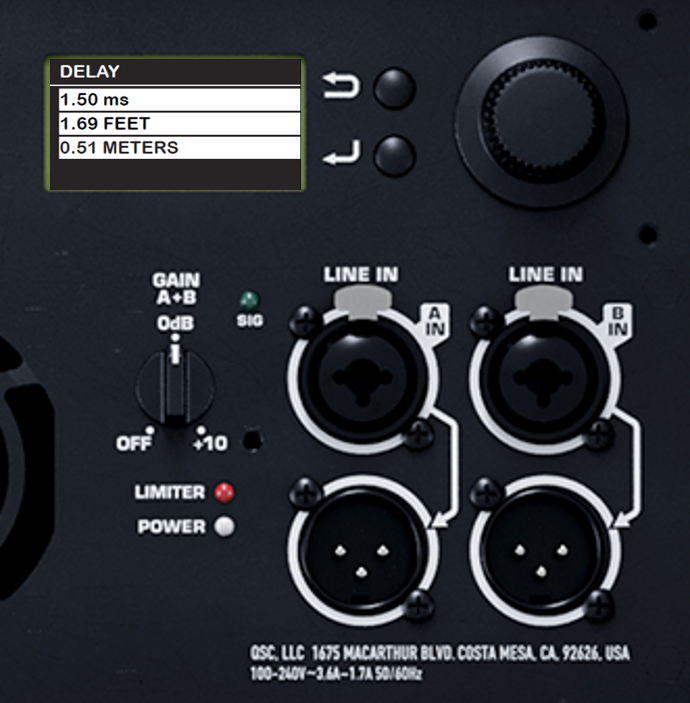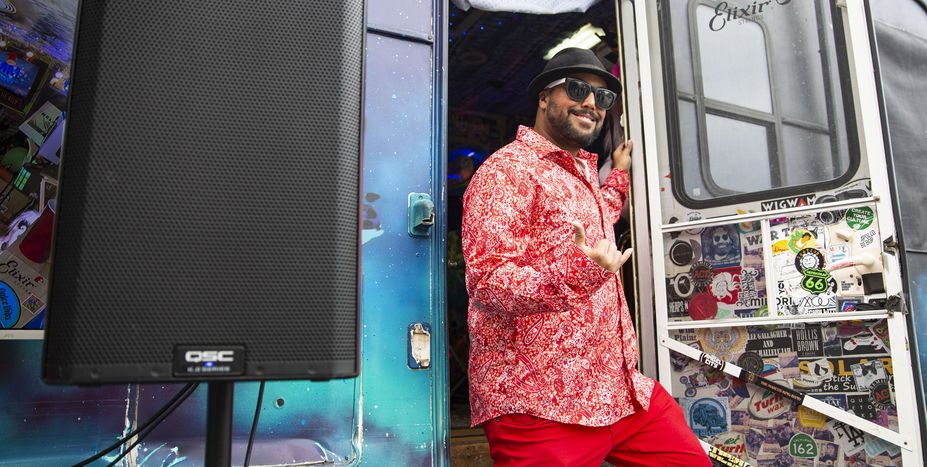In a large room or outdoor, there may be the need to set up additional loudspeakers relatively far away from the main stage or event in order to provide proper sound coverage for the entire audience. When these distant loudspeakers, also called satellite or delayed units, are properly time-aligned with the main stage loudspeakers, the music is clear, without echoes, announcements are intelligible and the overall performance is enjoyable.
Let’s start with some basic facts. First, all loudspeakers, including delayed loudspeakers should face the audience and be properly oriented. Sound travels at 344 m/sec (or 1128 feet/sec) and its speed varies mainly with temperature changes and a little with humidity variations. At 20 C (reference temperature) the speed is 344 m/s, and at 5 C it is 334 m/s, at 35 C it is 352 m/s. Now, as the sound from the main loudspeakers travels across the audience, once it reaches the first distant loudspeaker(s) we need to make sure that the sound radiated by these distant loudspeaker(s) is coherent with the initial stage sound.
To do so, we need to delay distant loudspeaker(s). How to achieve this? Well, our K.2 and KS Series let you set the on-board delay in either meters, feet or milliseconds. The easiest way to set each delayed loudspeaker is to measure the distance between the main loudspeakers and your delayed loudspeaker(s) and enter the value in each loudspeaker requiring a delay. If you operate under extreme temperatures (say 5 C or 35 C), adjust your delay(s) taking into account the variation in the speed of sound.

Christophe Anet
Latest posts by Christophe Anet (see all)
- History, Development and Applications of Column Loudspeakers - May 30, 2025
- Why is Dynamic Range so important? - May 30, 2023
- Differences between Flown and Floor-Mounted Subwoofer Deployments - May 2, 2023
